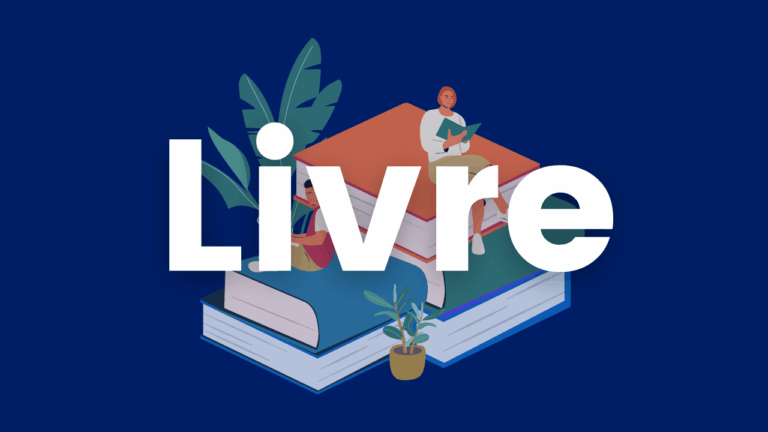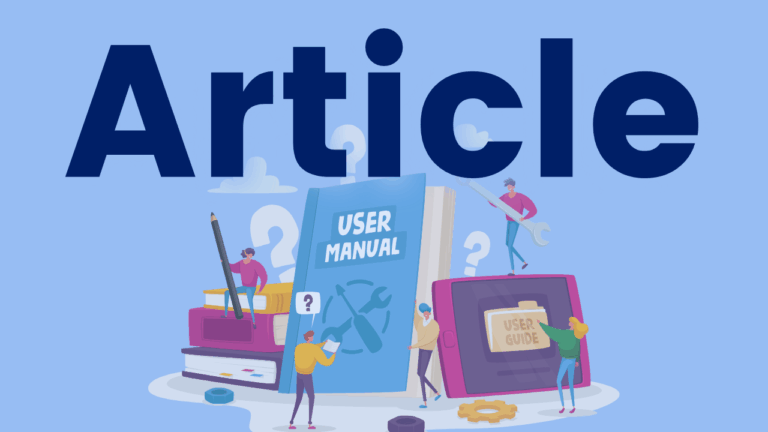Brain Builders Video Series
Brain Builders is an animated video series of 13 episodes you can share with your students to help them understand what the brain does to read. The main characters, Minh and Tamara, journey together as they cultivate a love for reading and understanding the Science of Reading.





